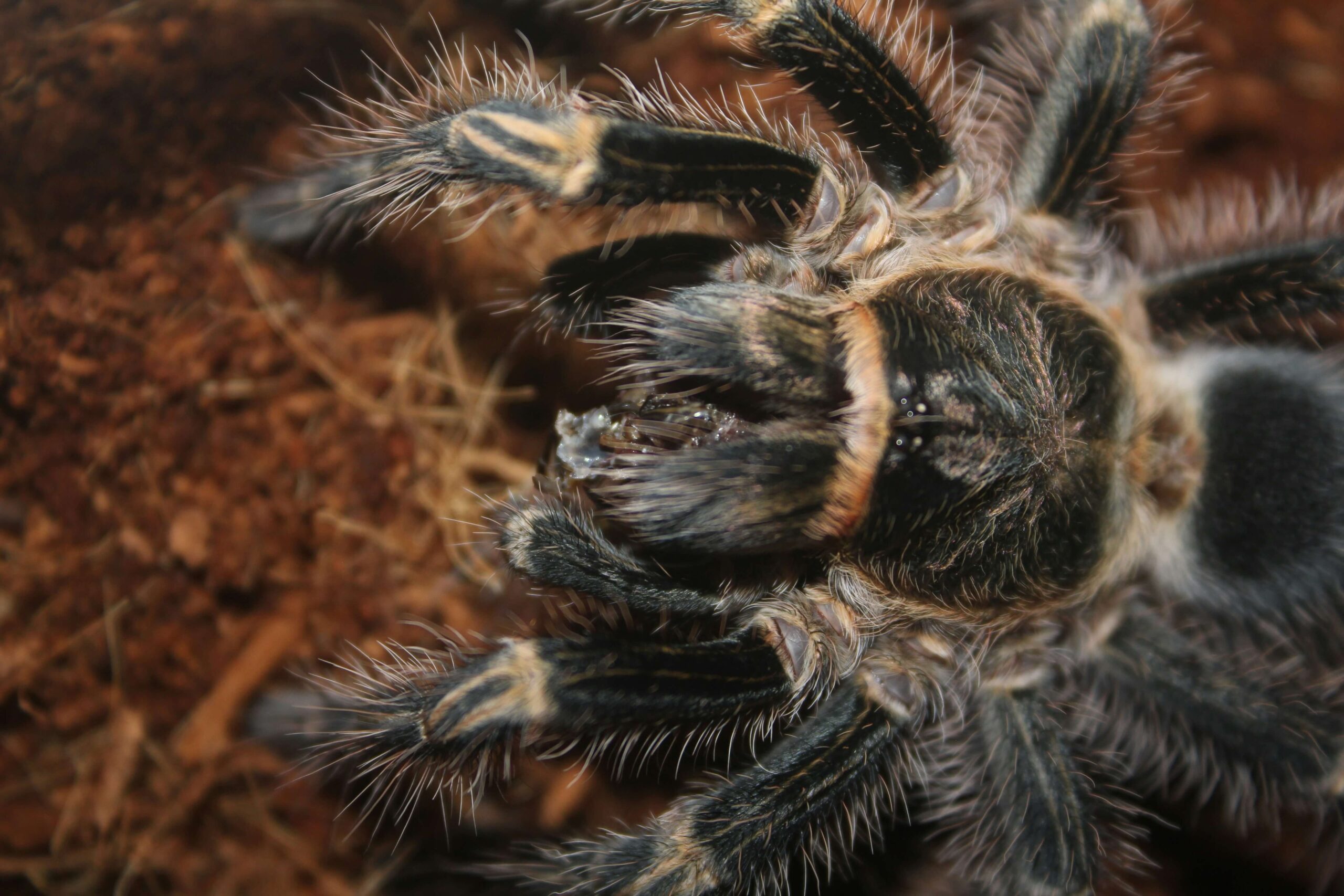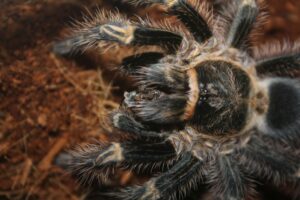Penguins may look like simple birds in tuxedos, but their skeletons tell a powerful story of survival. Unlike flying birds, the penguin skeleton is dense, heavy, and made for swimming. From their knees to their skulls, every bone has adapted for life in cold, deep oceans.
This article explains how the penguin skeleton works, why it’s different from other birds, and what ancient fossils reveal about their evolution.

Why Penguin Skeletons Are Unique
Penguins have 112 bones—far fewer than the 206 bones found in humans. But they still share basic body parts: a skull, vertebral column, elbows, knees, and ribs. The key difference lies in how those bones function.
Flying birds have lightweight, hollow bones that keep them airborne. Penguins, however, have solid, dense bones. These heavier bones help penguins dive deep without floating back to the surface. The lack of air pockets provides them greater control underwater.

Penguin Bone Structure Breakdown
-
Skull and Neck
The penguin skull is compact with strong jawbones. It supports a sharp beak for catching fish. The neck has flexible vertebrae, allowing penguins to turn and strike quickly underwater.
-
Spine and Backbone
Yes—penguins do have a backbone. Their vertebral column is fused in key places for strength. This stiff back helps support upright walking and swimming force.
-
Legs and Knees
Penguins have knees, though they’re hidden under feathers. With their knees close to the body, they have short, robust leg bones. This configuration gives penguins a waddle on land but strong propulsion in water.
-
Flippers (Wings)
Their wings are shaped like flippers. The bone joints in penguin flippers do not bend as they do in the wings of flying birds. Instead, they act like paddles, pushing penguins forward as they swim—often reaching speeds of 22 mph.
How Penguin Bones Help Them Dive
Penguins can dive up to 1,850 feet (564 meters) and stay underwater for over 30 minutes. Their bone density plays a huge role. Unlike birds with air-filled bones, penguin bones have no hollow spaces, giving them better control underwater.
Diving birds, including penguins, tend to grow larger because bigger bodies help them dive deeper. Some extinct penguin species were even larger than today’s emperor penguins, suggesting they could dive even longer and deeper.

Penguin Skeleton vs Other Birds
| Feature | Flying Birds | Penguins |
| Bone Type | Hollow | Solid/Dense |
| Wing Movement | Flexible for flight | Fixed, flipper-like |
| Leg Placement | Centered underbody | Set back for upright stance |
| Dive Ability | Limited | Exceptional |
| Air Sacs in Bones | Present | Absent |
Flying birds are built for the sky. Penguins are built for the sea.
Penguin Skeleton vs Dinosaur Traits
In 2006–2011, researchers discovered fossils of an ancient penguin species: Kupoupou stilwelli. These fossils showed that penguins already had modern bone structures—like strong hind limbs and feet—over 60 million years ago.
While penguins don’t look like dinosaurs, their bone growth and structure link them to ancient diving species that survived the mass extinction that wiped out most dinosaurs.

When Did Penguins First Appear?
Penguins first appeared shortly after the dinosaur extinction, around 66 million years ago. Early penguins likely could fly, then slowly adapted to swimming as their main skill.
Researchers believe penguins passed through a three-stage evolution:
- Flying birds
- Birds that flew and swam
- Modern penguins that only swim
This evolution gave penguins better diving skills, which helped them survive and locate food in cold oceans.
Why Penguins Stopped Flying
Penguins became so proficient at diving that flying became unnecessary. Underwater food was easy to catch, and heavier bones gave them better diving control. Over time, their wings evolved into flippers, and they lost the ability to fly.
Bone studies of extinct penguins show uneven hardening, proving different parts of their bodies adapted to water at different times.
Frequently Asked Questions About Penguin Skeletons
Do penguins have knees?
Yes. Penguins have knees located inside their bodies, above the visible part of their legs.
Are penguin bones hollow?
No. Penguin bones are dense and solid, which helps them dive deep and stay underwater.
Do penguins have a backbone?
Yes. Penguins have a strong vertebral column that supports their upright posture and swimming strength.
Do penguins have legs?
Yes. Penguins have short legs with backward-placed joints, giving them a waddle-like walk.
Are all penguin skeletons the same?
No. Larger species like the emperor penguin have thicker and longer bones compared to smaller species.
Conclusion
The penguin skeleton is one of nature’s most powerful designs for underwater life. With strong bones, fused joints, and flipper-like wings, penguins are perfectly built for diving, not flying. Their skeletons offer clues to millions of years of evolution and survival in one of the harshest habitats on Earth.
Share this content:













Post Comment
You must be logged in to post a comment.